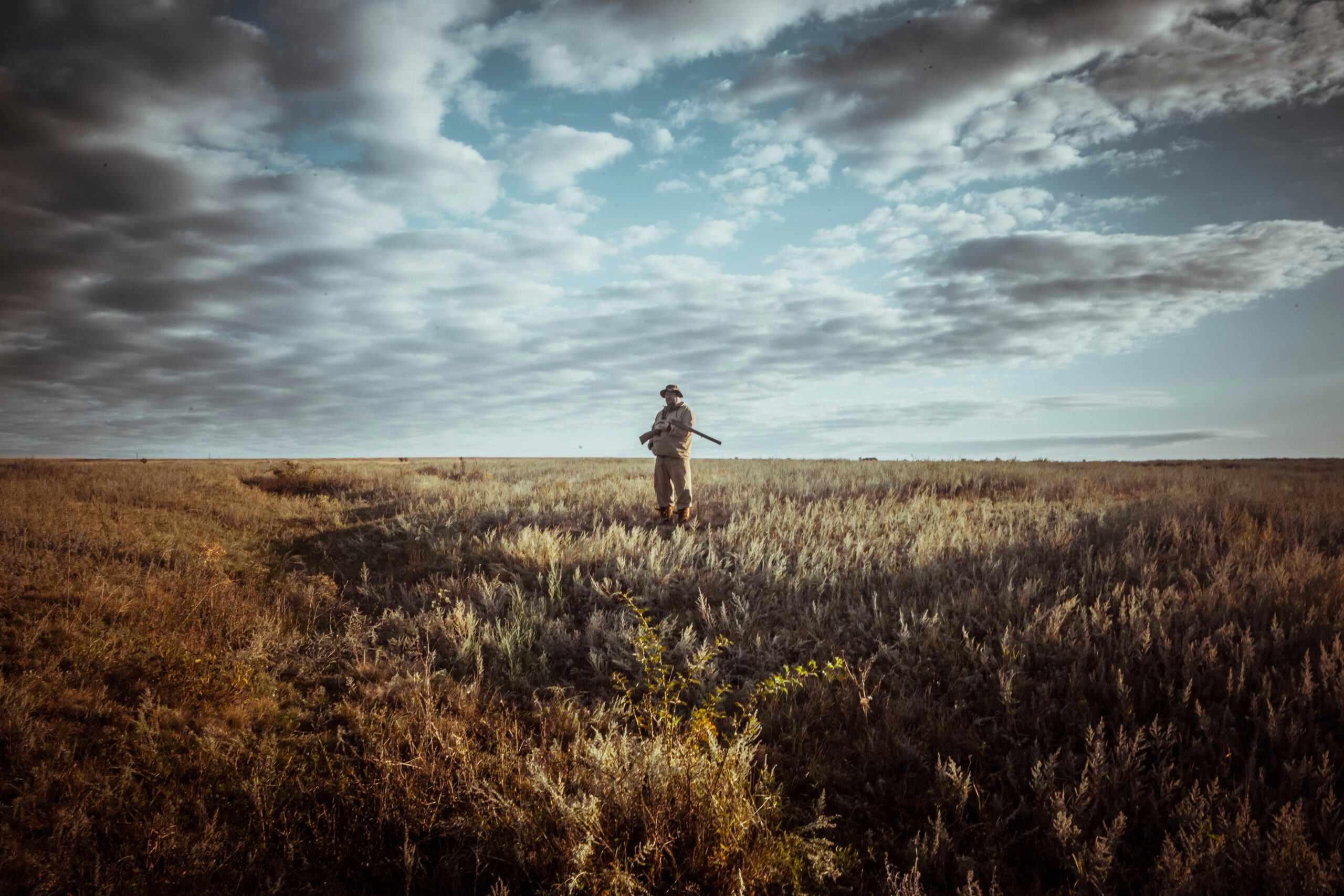
High school sports are a platform for developing athletic skills and life skills such as discipline, teamwork, and leadership. Competitive rifle shooting is unique among these sports, allowing students to excel in an environment emphasizing precision, safety, and mental focus. This article explores the journey from a junior to a senior high school rifle team member, detailing the skills developed, the challenges encountered, and the excellence achieved.
Starting: The Junior Years
For many students, joining the high school rifle team begins with curiosity or an interest in trying something different. As juniors, these young athletes are introduced to the basics of rifle shooting, which include safety protocols, handling techniques, and the fundamental principles of marksmanship. Safety is paramount in rifle sports, and every team member must master this aspect before advancing to more complex skills.
Early training focuses on developing a steady hand, breathing correctly while shooting, and achieving consistency in shooting posture. Precision in shooting comes from repeated practice, and junior athletes spend countless hours perfecting their stance and aiming techniques. At this stage, the support from coaches and senior team members is crucial as they provide guidance, corrections, and encouragement.
Equipment and Technology
The rifle and other gear used in high school competitions are not just tools but extensions of the shooter. Beginners usually start with basic models recommended by their coaches. As they progress, the importance of customizing equipment to fit their needs becomes apparent. This might include adjustments to the rifle’s stock, sights, and weight to better suit their handling style and physique.
Moreover, technology plays a significant role in modern rifle sports. Athletes and coaches use software and sensors to analyze shooting patterns and improve accuracy. Understanding and leveraging these tools can give shooters a competitive edge, helping them make informed adjustments to their technique.
Mental and Physical Conditioning
Rifle shooting is as much a mental sport as a physical one. Junior shooters learn early that focus and mental resilience are key to performance. Techniques such as visualization, meditation, and routine mental exercises are incorporated into training to help athletes maintain concentration during competitions.
Physical conditioning must be noticed, as holding a rifle steadily and maintaining the same position for extended periods require strength and endurance. Regular physical training is essential, focusing on core stability, arm strength, and overall endurance. This regimen helps avoid injuries and improve performance over long shooting sessions.
Advancing Skills: The Transition to Senior Level
As junior shooters become more proficient, they transition to the senior level, where the competition gets tougher and the expectations are higher. This transition is about improving technical skills and understanding the strategy and decision-making involved in competitive shooting.
Senior team members are expected to contribute more significantly to the team’s overall success. They take on leadership roles, mentoring younger shooters and helping manage team logistics. The responsibility teaches them valuable leadership skills, problem-solving, and working effectively under pressure.
Competitions and Recognition
Competing at higher levels, such as state and national championships, exposes athletes to the best in the field and provides valuable experience. Success in these competitions can lead to recognition, scholarships, and competitive opportunities at collegiate and international levels. Preparation for these events is rigorous, involving advanced techniques and strategies. Coaches play a critical role in preparing athletes for big events, focusing on advanced aspects of shooting such as wind reading, trajectory analysis, and endurance shooting.
Beyond High School
For many, high school rifle sports are just the beginning. The discipline, focus, and skills developed during these formative years can lead to opportunities in collegiate sports, national teams, or even careers in related fields such as military or law enforcement. The lessons learned in teamwork, leadership, and resilience are applicable well beyond the shooting range.
The journey from a junior to a senior high school rifle team member is marked by growth, challenges, and achievements. It’s a path that teaches more than just how to shoot; it educates athletes on discipline, safety, teamwork, and continuous improvement. For those willing to dedicate themselves, it promises not just medals and recognition but a set of skills and experiences that will benefit them for a lifetime.